1. Johnny Appleseed
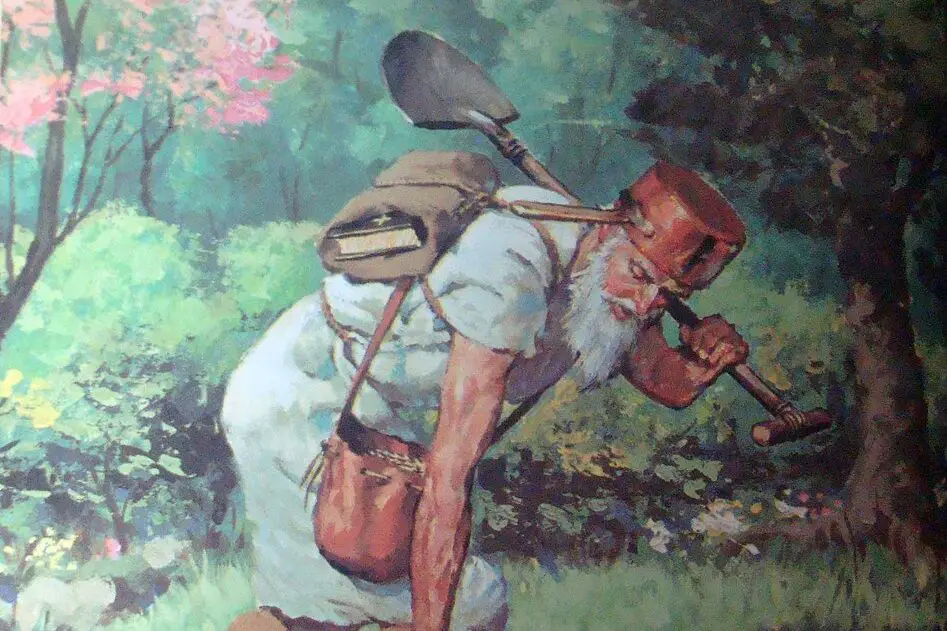
Johnny Appleseed, whose real name was John Chapman, wasn’t just a legend—he was a real man who roamed the American frontier planting apple trees. Born in 1774, he became famous for his eccentric lifestyle, walking barefoot across the Midwest with a tin pot on his head. While the stories of him talking to animals and surviving purely on apples are exaggerated, he truly did spread apple orchards across Ohio, Indiana, and Pennsylvania. He was also deeply religious and a follower of Swedenborgianism, a Christian movement that influenced his charitable ways says MSN.
Unlike the cheerful cartoon image often associated with him, Chapman’s apples weren’t meant for eating—they were for making hard cider. This made him quite popular among settlers looking for a bit of liquid courage to face frontier life. Though he may not have been the barefoot, animal-whispering saint of legend, he was still an important figure in American history. His apple trees, some of which lasted into the 20th century, were a tangible reminder of his real-life influence adds Yahoo.
2. Paul Bunyan
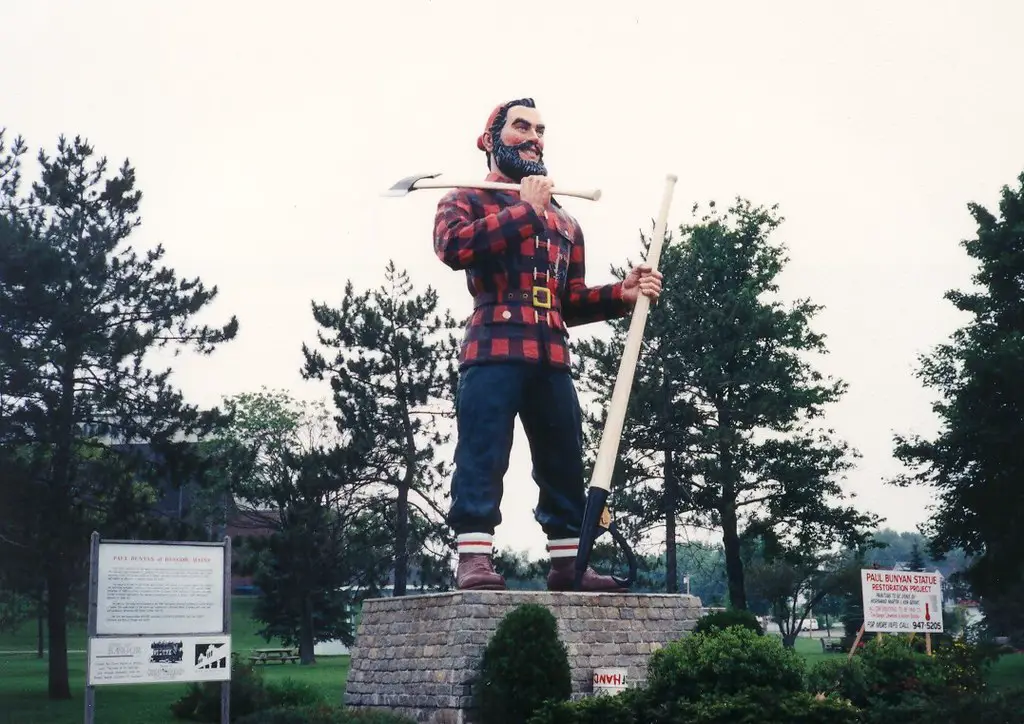
The larger-than-life lumberjack Paul Bunyan likely has roots in real logging legends from the 19th century. While he obviously wasn’t a literal giant who could carve out the Grand Canyon with his ax, many historians believe his character was inspired by real French-Canadian and American loggers. Some theories suggest he was based on a particularly strong and skilled lumberjack named Fabian Fournier, who worked in Michigan in the late 1800s shares WABI.
Fournier was known for his incredible strength and larger-than-average stature, though nowhere near as massive as the stories say. Over time, the tall tales grew bigger, especially as lumber companies used Paul Bunyan stories for promotional material. His blue ox, Babe, was pure fiction, but the idea of an outsized hero taming the wilderness fit well with America’s love of frontier tales. So while Paul Bunyan himself may be fictional, the inspiration behind him was definitely real shares Mental Floss.
3. Davy Crockett
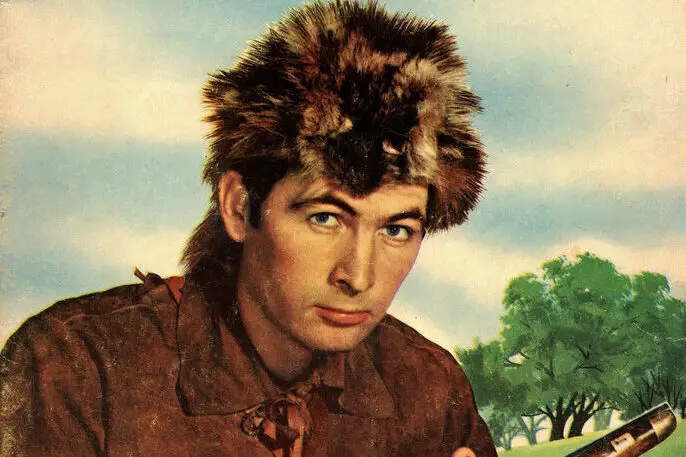
Davy Crockett is one of those figures who straddles the line between history and myth. He was absolutely real—born in 1786 and known as a frontiersman, soldier, and politician—but the stories about him have taken on a life of their own. His supposed ability to “grin a bear to death” is pure fantasy, but he was a skilled hunter and tracker. He served in Congress and fought bravely in the Texas Revolution, where he died at the Battle of the Alamo.
Thanks to dime novels and tall tales, his real-life adventures were turned into near-superheroic feats. The Disney version of Crockett in the ’50s cemented the idea of him as an almost mythical character, complete with a coonskin cap. While he wasn’t out there wrestling bears with his bare hands, he was a charismatic and capable frontiersman. His legend may be exaggerated, but at its core, it’s built on a very real person.
4. Daniel Boone
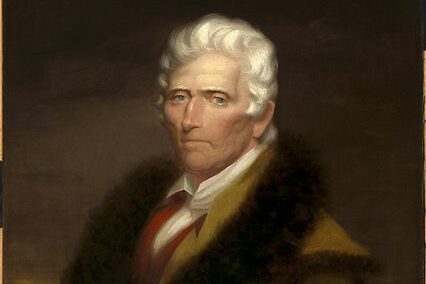
Daniel Boone was a genuine pioneer and frontiersman, but he became a near-mythical figure thanks to exaggerated storytelling. He played a huge role in exploring and settling Kentucky in the 18th century, but the stories about him make him seem almost superhuman. He reportedly escaped from captivity multiple times, fought off entire groups of Native American warriors single-handedly, and could survive in the wilderness for months with nothing but a knife.
While he was undoubtedly tough and resourceful, Boone’s legend was shaped by popular stories that turned him into an American folk hero. The real Boone disliked the fame, preferring a quiet life of hunting and exploring. The TV and book versions of Boone often dressed him in a coonskin cap, but ironically, he hated them and preferred a simple felt hat. Even if the myths around him are bigger than reality, Boone was still a crucial figure in early American history.
5. John Henry
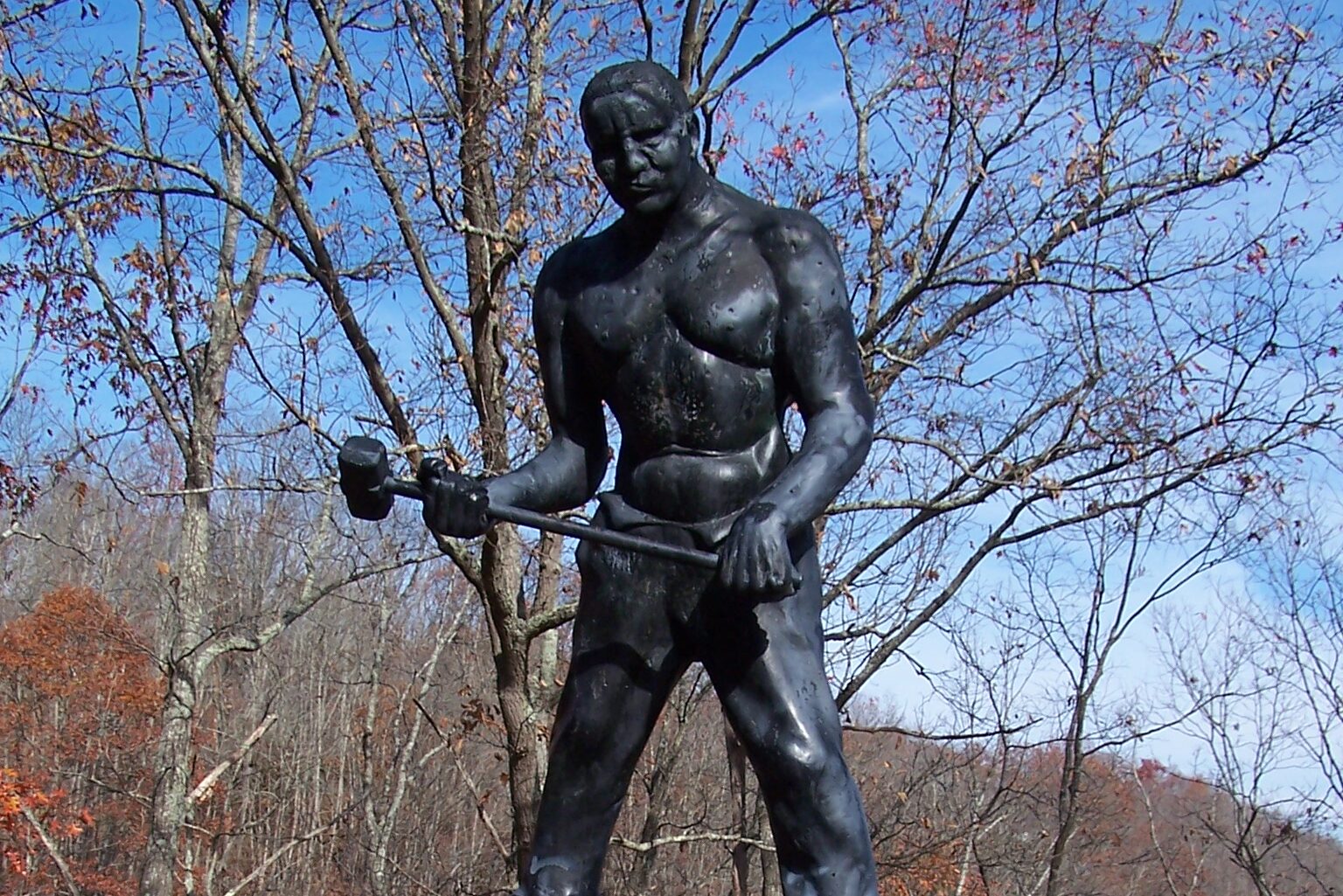
John Henry, the steel-driving man, is one of the most famous figures in American folklore. While the story says he died after beating a steam-powered hammer in a contest of strength, many historians believe he was based on a real person. Some evidence suggests that John Henry was a formerly enslaved man who worked on the Chesapeake and Ohio Railway in the late 19th century. Prison records from the time mention a John Henry who was sent to work on tunnels, which lines up with the legend.
The real John Henry likely did perform dangerous and grueling labor, possibly even in contests of strength against early machines. While the specifics of his story have been exaggerated, the themes of human endurance versus industrial progress ring true. Whether he died with a hammer in his hand or not, he represents the struggles of real railroad workers. His legend is rooted in reality, even if the details have been stretched over time.
6. Pecos Bill

Pecos Bill is probably one of the most outrageous characters in American folklore, but some elements of his story might have been inspired by real cowboys. First appearing in 1917 stories by Edward O’Reilly, Bill was supposedly raised by coyotes and later tamed the wild West, riding tornadoes and using rattlesnakes as lassos. Clearly, those details are pure fantasy, but he may have been based on an actual cowboy or a mix of multiple frontiersmen.
The real cattle drivers of the 1800s were incredibly tough, and some had reputations for outlandish feats. There were certainly cowboys who could rope wild mustangs, break broncos, and survive extreme conditions. While Pecos Bill himself never existed, his stories celebrate the exaggerated but very real skills of the men who helped shape the West. He’s a reminder of how cowboy culture thrives on a mix of truth and tall tales.
7. Bigfoot
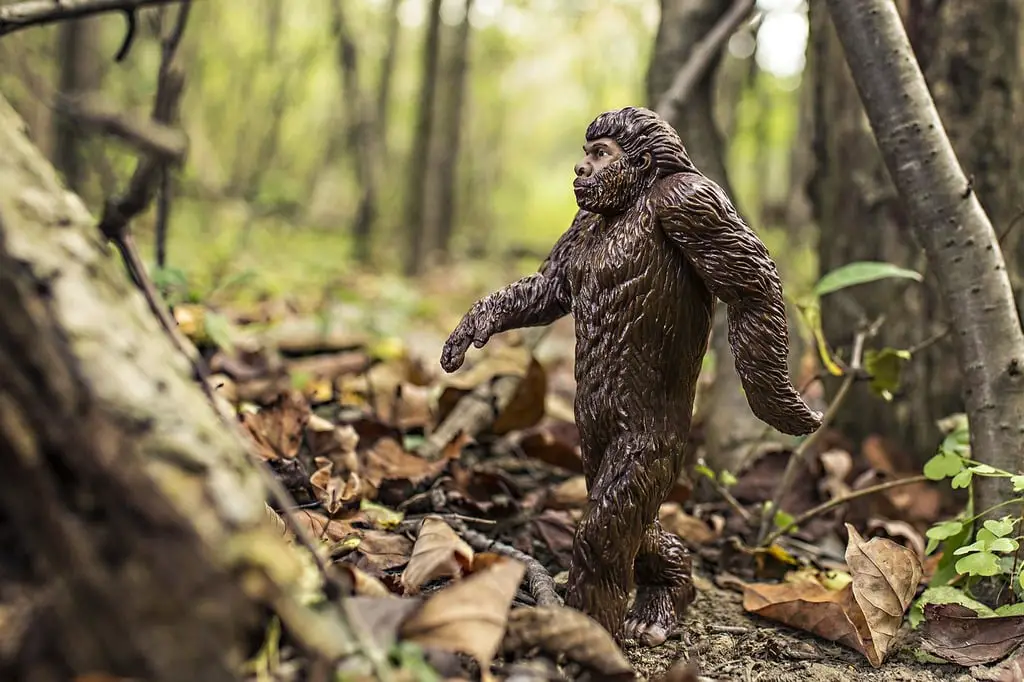
Bigfoot isn’t usually considered a historical figure, but some believe his legend comes from encounters with actual people or animals. Stories of giant, hairy wild men go back centuries, including tales from Native American tribes and early settlers. Some historians think Bigfoot sightings could have been exaggerated reports of hermits, misidentified bears, or even early encounters with large primates brought over from ships.
One of the most compelling theories is that Bigfoot stories were inspired by real reclusive people living off the grid. The idea of a hidden giant lurking in the woods taps into a deep human fear and fascination with the unknown. Whether or not a huge ape-like creature roams the forests, the legend of Bigfoot is built on real stories passed down for generations.
8. The Jersey Devil
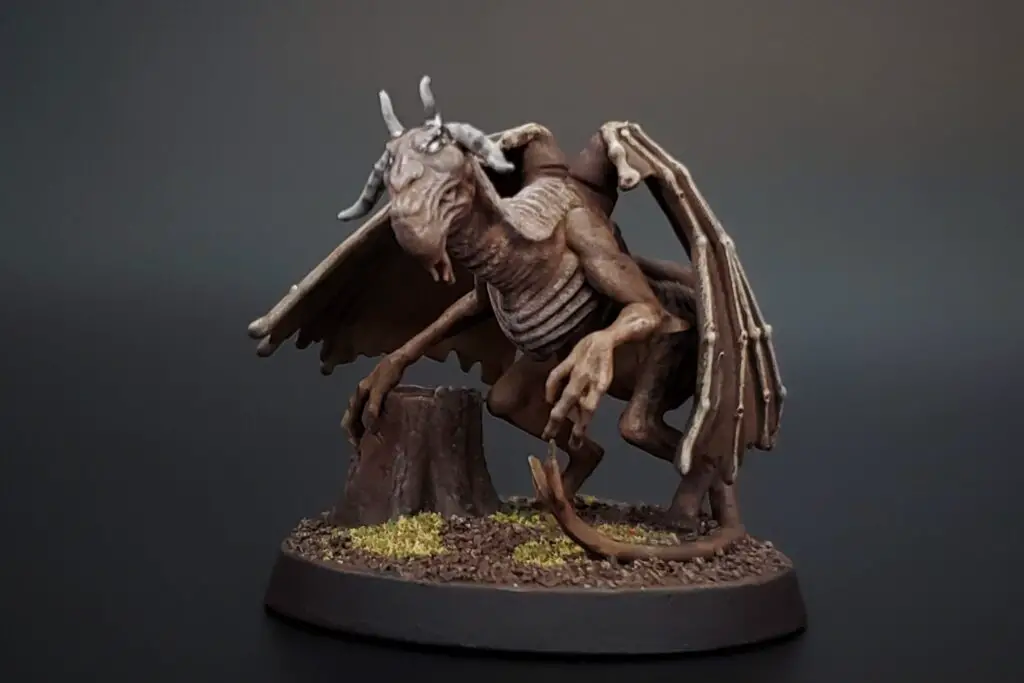
The Jersey Devil has been haunting the Pine Barrens of New Jersey for over 200 years, but its origins may be rooted in real history. The legend tells of a cursed child born to Mother Leeds in 1735, who transformed into a winged, hoofed monster. While the supernatural elements are obviously fictional, there were reports of strange sightings and noises in the region during the 18th and 19th centuries.
Some historians believe the story began as a way to explain bizarre animal deaths or even political rivalries in colonial New Jersey. Others suggest it was inspired by real deformed animals or the exaggerated tales of smugglers hiding in the Pine Barrens. Whatever the case, the Jersey Devil remains one of America’s most enduring cryptids. Whether fact or fiction, the legend still sends chills down spines today.
9. The Bell Witch

The Bell Witch legend dates back to the early 1800s in Tennessee, where the Bell family claimed to be tormented by a sinister spirit. The entity was said to speak, move objects, and even physically attack John Bell, the family patriarch. While the ghostly details are likely exaggerated, some believe the story has roots in real events. There were documented reports of the Bell family experiencing unexplained phenomena, and several eyewitness accounts added to the legend over time.
Some theories suggest the disturbances were caused by a neighbor dispute that spiraled into superstition. Others believe that natural explanations, such as sleep paralysis or trickery, could account for the eerie experiences. Regardless, the Bell Witch legend has endured, inspiring books and movies. Whether or not an actual spirit haunted the Bell family, something strange certainly happened that left a lasting impression on American folklore.
10. The Greenbrier Ghost
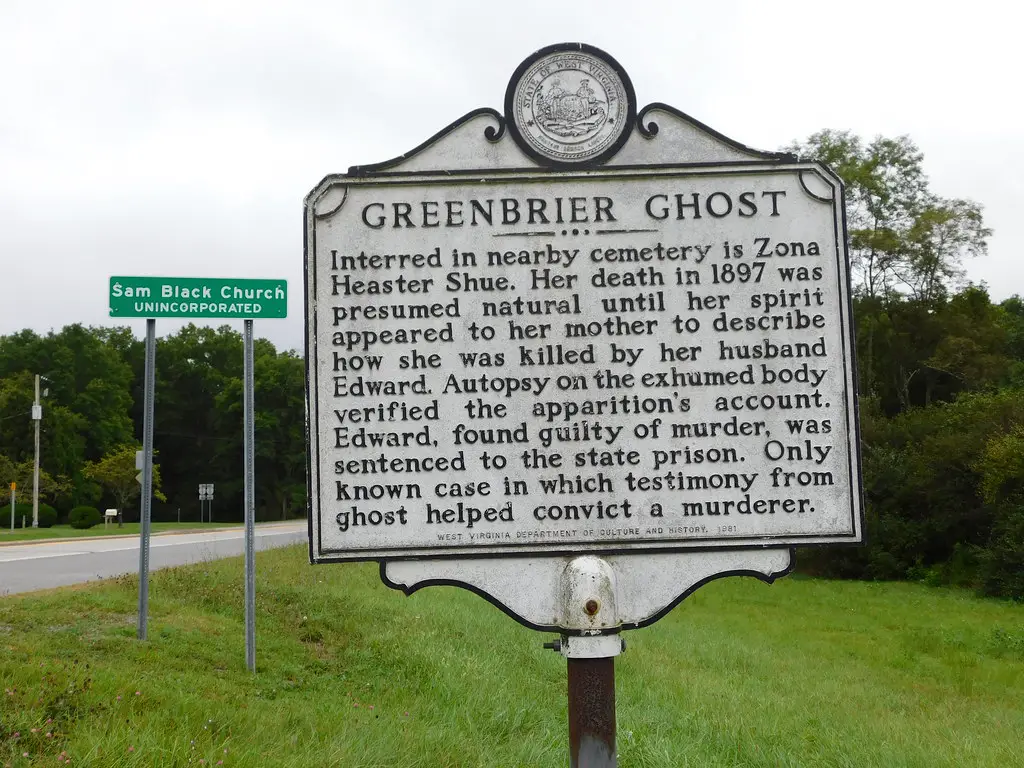
In the late 1800s, a woman named Zona Heaster Shue was found dead under mysterious circumstances in Greenbrier County, West Virginia. Her husband, Erasmus Shue, claimed she died of natural causes, but Zona’s mother insisted that her daughter’s ghost appeared to her, revealing that she had been murdered. This supernatural testimony led to an exhumation, which revealed signs of strangulation. Erasmus was put on trial and convicted, making this the only known case where a ghost’s “testimony” played a role in a legal proceeding.
Of course, whether Zona’s ghost actually spoke to her mother is up for debate. It’s possible that the mother suspected foul play all along and used the ghost story to push for justice. Regardless, the case became legendary, blending real history with eerie supernatural elements. The Greenbrier Ghost remains one of the strangest legal cases in American history, proving that sometimes myths and reality collide in unexpected ways.
11. Billy the Kid
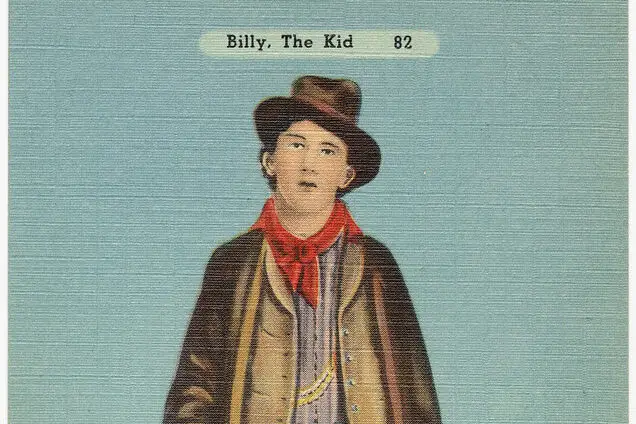
Billy the Kid is often portrayed as a legendary outlaw who could outshoot entire posses, but the real William H. Bonney was a young gunslinger with a complex story. He was born in 1859 and became involved in the Lincoln County War in New Mexico, which turned him into a fugitive. While he certainly killed people, the idea that he took down 21 men—one for every year of his life—is likely an exaggeration.
The myths around Billy were fueled by dime novels and later Hollywood movies that painted him as either a misunderstood hero or a ruthless killer. In reality, he was probably a mix of both—a rebellious teenager caught up in lawless times. He was eventually shot by Sheriff Pat Garrett in 1881, but rumors swirled that he had actually survived. Even today, people debate whether he really died that night, adding to his enduring legend.
12. Black Bart
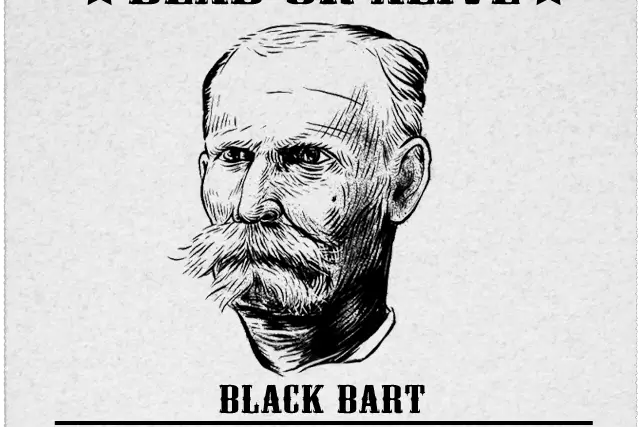
Black Bart, the poetic stagecoach robber, was a real person—Charles Bolles—but his legend grew far beyond reality. Between the 1870s and 1880s, he robbed over two dozen stagecoaches across California and Oregon, always on foot and without unnecessary violence. What made him famous was his habit of leaving behind mocking poems at some of the crime scenes, giving him an almost gentlemanly air.
Unlike the bloodthirsty outlaws of the Wild West, Black Bart was polite and never harmed his victims, making him a favorite of dime novelists. He was eventually caught in 1883 and sent to prison, but after his release, he disappeared. Some say he reformed, while others believe he returned to his old ways under a new identity. His story proves that even criminals can become folk heroes when their legends outgrow the truth.
13. Hugh Glass
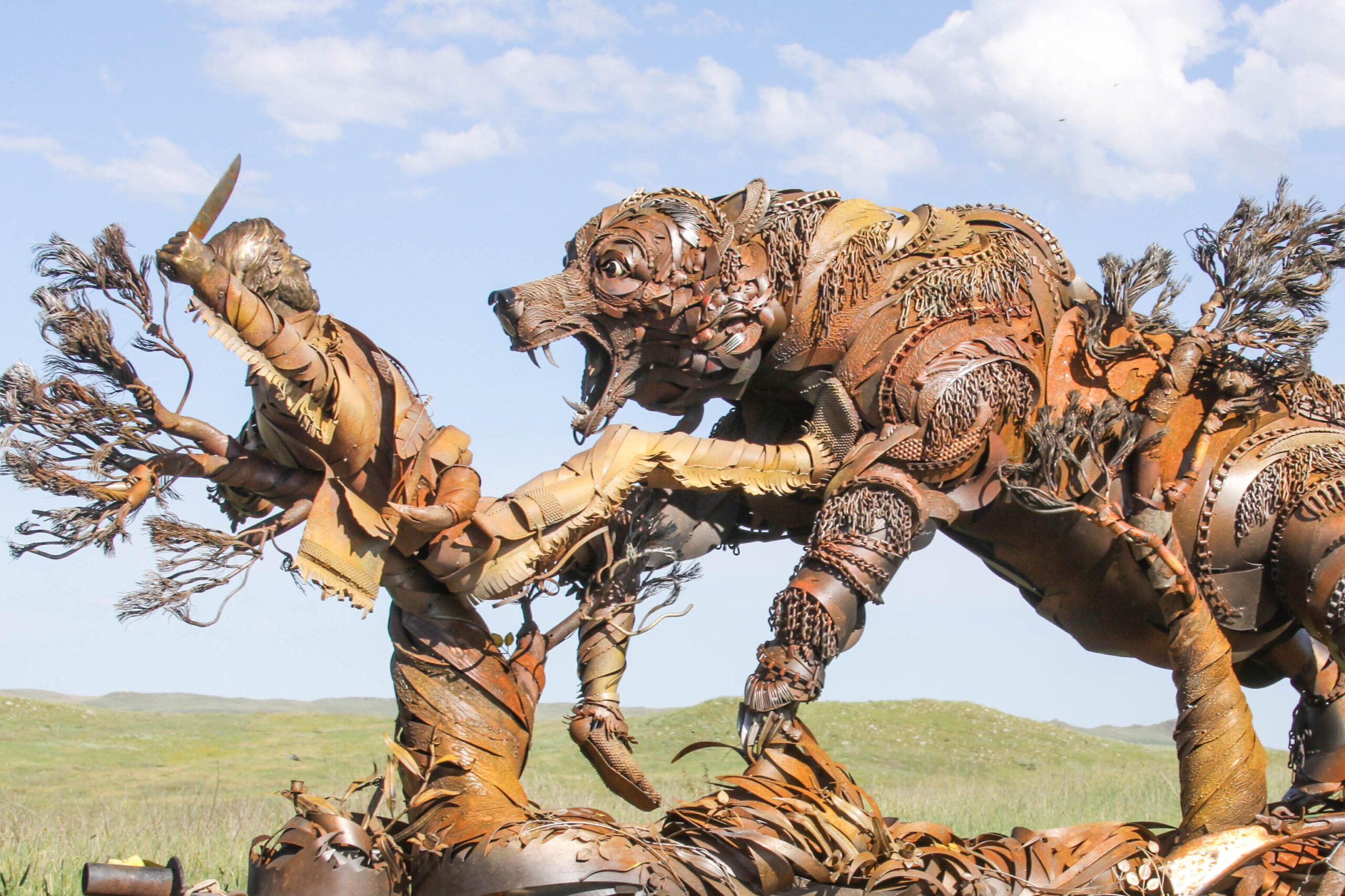
Hugh Glass is best known as the real-life inspiration behind The Revenant, but his survival story is so extreme that it feels like pure myth. In 1823, while on a fur-trapping expedition, he was mauled by a grizzly bear and left for dead by his companions. Somehow, he survived, crawling and limping over 200 miles to safety. While the story of him setting his own broken leg and fighting off wolves is likely embellished, the core of the tale is true—he really did make an unbelievable recovery and journey back to civilization.
His legend grew over time, turning him into an almost superhuman frontiersman. While he never went on a revenge spree as Hollywood suggests, he did confront one of the men who abandoned him, only to let him go. The real Glass was tough as nails, but his myth makes him even larger than life. His story is one of grit, survival, and just enough exaggeration to keep it alive for centuries.
